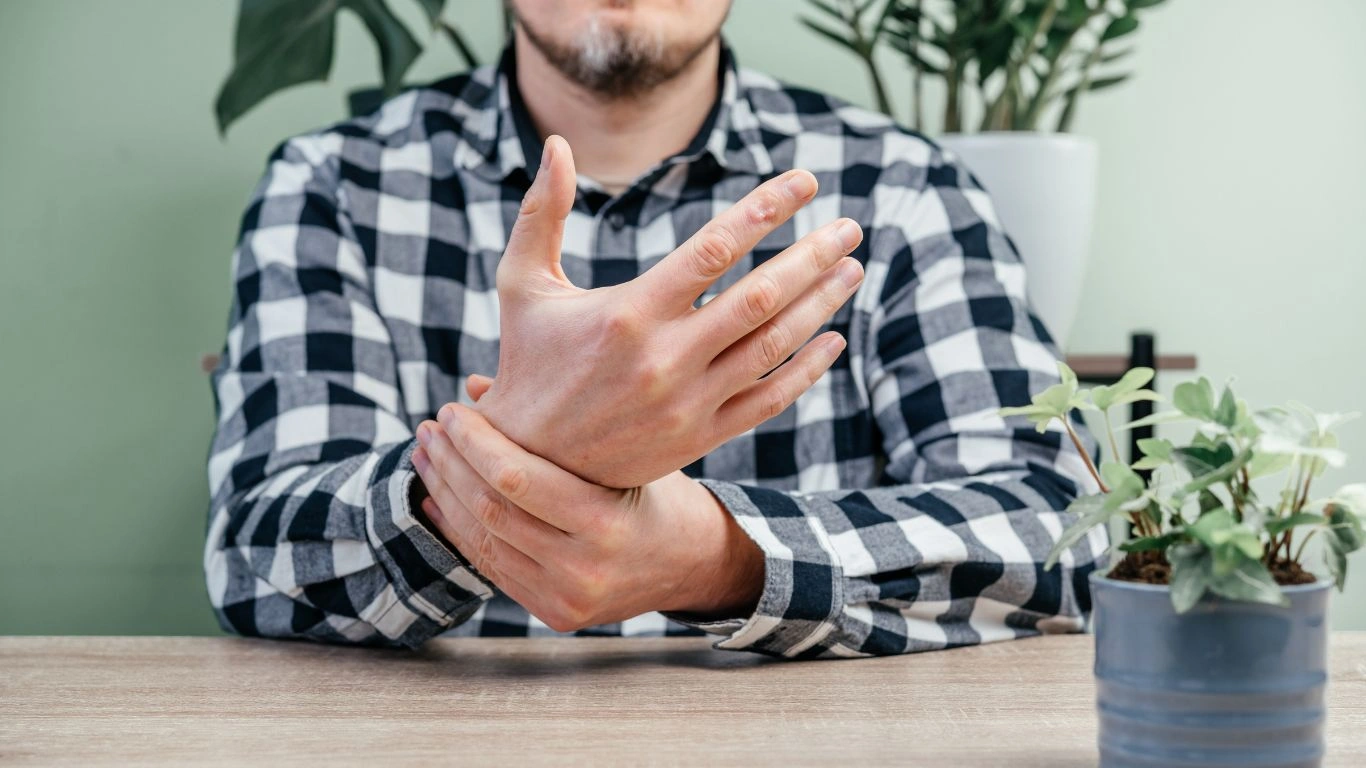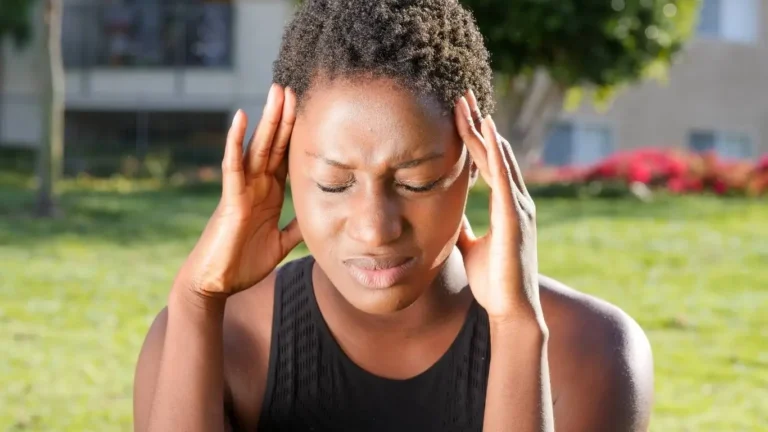How to Reduce Rheumatoid Arthritis Stiffness Naturally: 7 Effective Tips for Relief
Living with rheumatoid arthritis is no joke. One of the most frustrating things my patients often tell me—and hey, I’ve seen it firsthand as a Rheumatology Nurse Practitioner—is that morning stiffness can feel like their body just forgot how to move overnight. If you’ve ever woken up feeling like the Tin Man in desperate need of an oil can, you’re not alone. That’s exactly why today we’re diving deep into how to reduce rheumatoid arthritis stiffness naturally—no harsh medications, no complicated routines, just real-world, practical tips that actually work.
Understanding What Triggers Stiffness
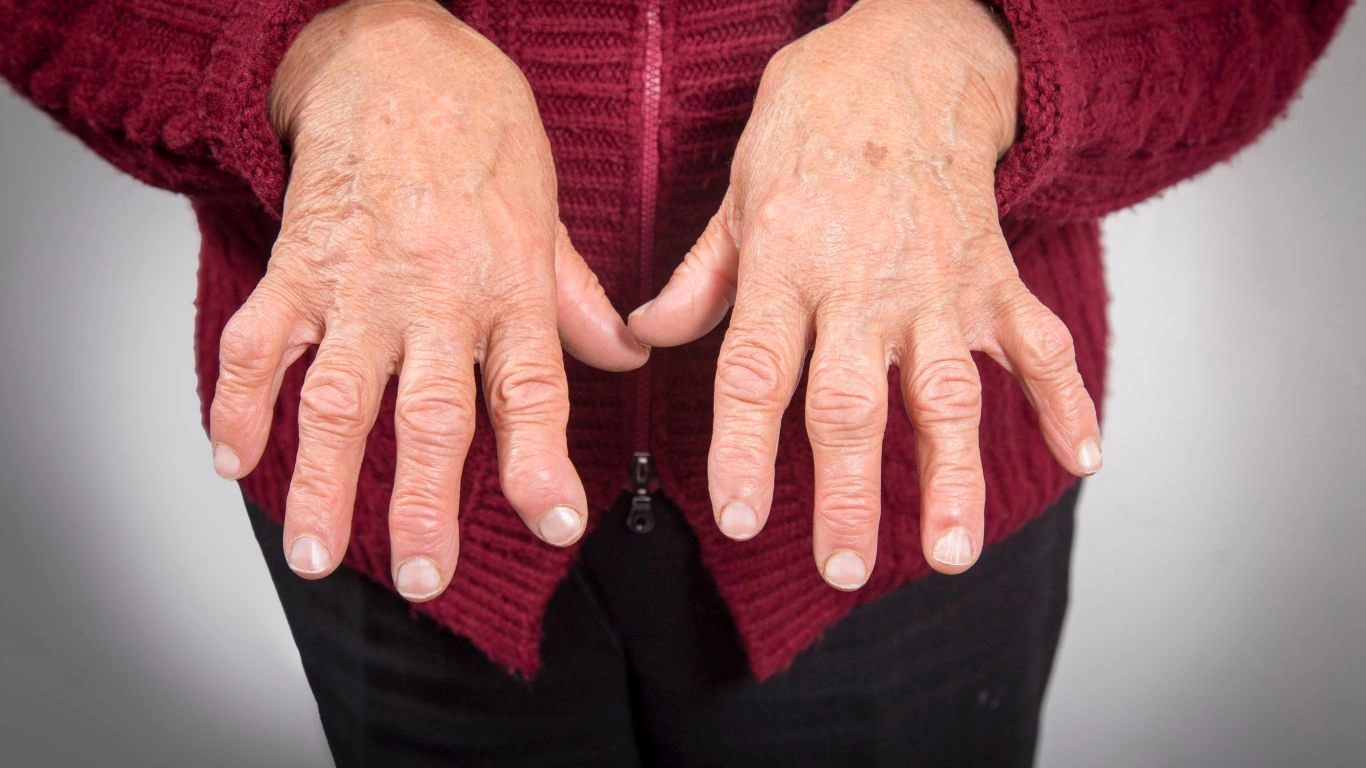
Before we get into the good stuff (trust me, it’s coming), let’s talk about what’s really going on inside your joints. RA stiffness isn’t just “being a little sore.” It’s the result of systemic inflammation caused by your immune system mistakenly attacking your joints. Overnight, when you’re not moving, that inflammation pools and settles, creating that tight, achy, hard-to-move feeling.
In my practice, I’ve seen patients frustrated because they think stiffness means they’re doing something wrong or that the disease is worsening. Not always true. Sometimes it just means your body needs some extra TLC in the natural department.
Move Gently, But Consistently

Why Gentle Movement is Key
This might sound counterintuitive—“I’m stiff, why would I move?” But hear me out. The less you move, the stiffer you get. It’s a vicious cycle. Movement increases circulation, reduces fluid build-up, and helps your joints remember their range of motion.
Here’s what I often suggest to my patients when stiffness strikes:
- Start your day with slow stretches: Think neck rolls, wrist circles, ankle flexes. Five minutes can change your whole morning.
- Incorporate tai chi or yoga: These low-impact movements not only ease stiffness but also help with balance and flexibility.
- Use warm-up time wisely: Don’t jump straight into exercise. Let your joints ease into movement, especially early in the morning.
Personally, I love recommending a short yoga flow that focuses on the spine, hips, and shoulders—major problem areas for many with RA. Bonus points if it’s done on a heated mat or after a warm shower!
Heat Therapy: Nature’s Relaxer
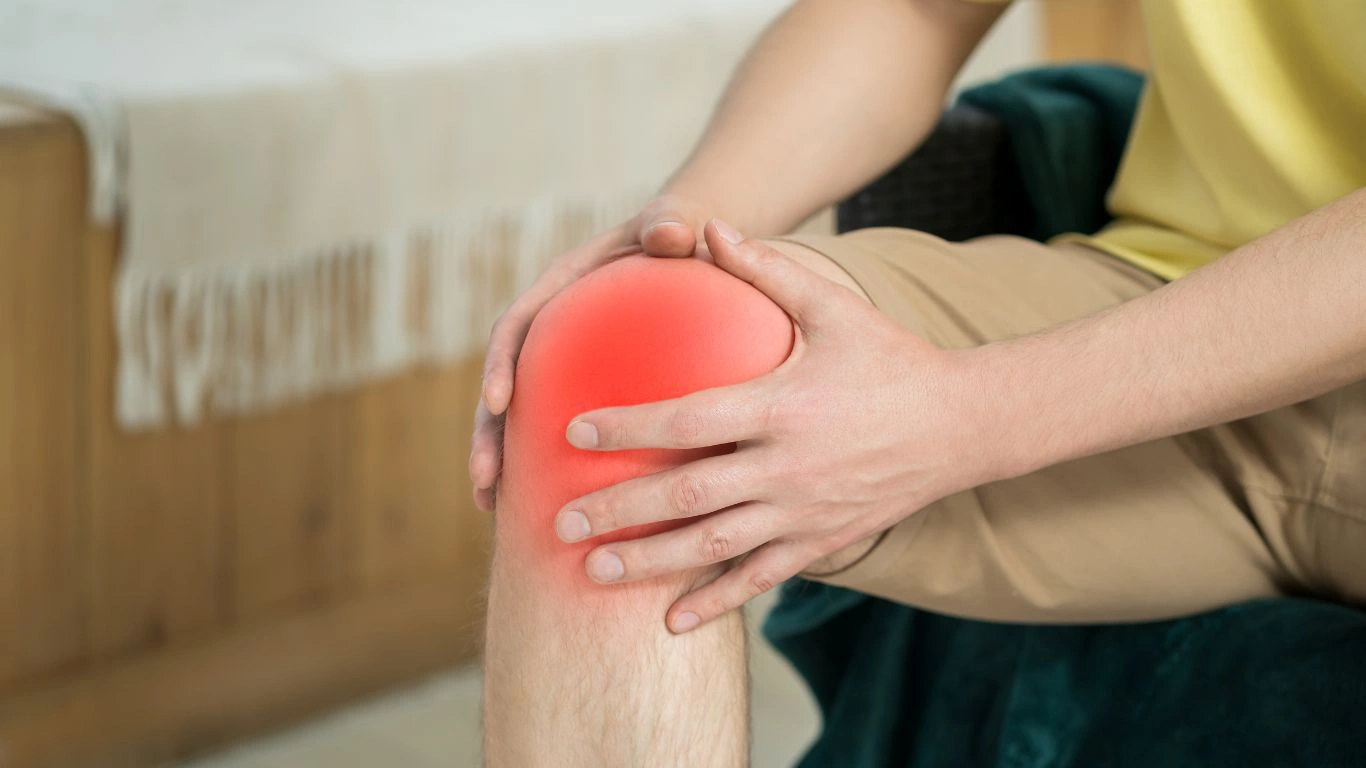
Simple Ways to Apply Heat
Let’s talk warmth—your new best friend. Heat therapy is one of the oldest and most effective natural ways to combat RA stiffness. It relaxes tense muscles, improves blood flow, and soothes achy joints.
These are my go-to recommendations, straight from the exam room to your home:
- Heated blankets or pads: Use them in the morning before getting out of bed. It makes a world of difference.
- Warm baths with Epsom salt: Not only do you get the heat, but the magnesium can also help reduce inflammation.
- Microwavable heat packs: Perfect for targeting elbows, knees, or hands—especially during a flare-up.
One of my patients swears by keeping a heating pad next to her bed and switching it on as soon as she wakes up. By the time she’s ready to get out of bed, her joints are already feeling looser. It’s simple, but incredibly effective.
Foods That Fight Stiffness Naturally
Anti-Inflammatory Nutrition 101
Alright, let’s talk food. What you eat has a direct line to how your joints feel. I’ve had patients come back and tell me, “I didn’t realize my morning bagel was part of the problem.” Yep, refined carbs and sugary foods can increase inflammation. On the flip side, there are powerhouse foods that can naturally help reduce RA stiffness.
Here’s what I suggest adding to your grocery list:
- Fatty fish: Salmon, mackerel, and sardines are loaded with omega-3s that help reduce inflammation.
- Leafy greens: Kale, spinach, and Swiss chard are full of antioxidants and nutrients.
- Turmeric: This golden spice has powerful anti-inflammatory properties. Try it in teas, curries, or smoothies.
- Chia seeds and flaxseeds: Great plant-based sources of omega-3s—plus, they’re super easy to sprinkle into yogurt or oatmeal.
I’ll be honest—I was skeptical about turmeric at first. But after hearing patient after patient mention it helped with their stiffness, I gave it more attention. Now, I often include it in my own meals too.
Sleep Smarter to Wake Up Looser
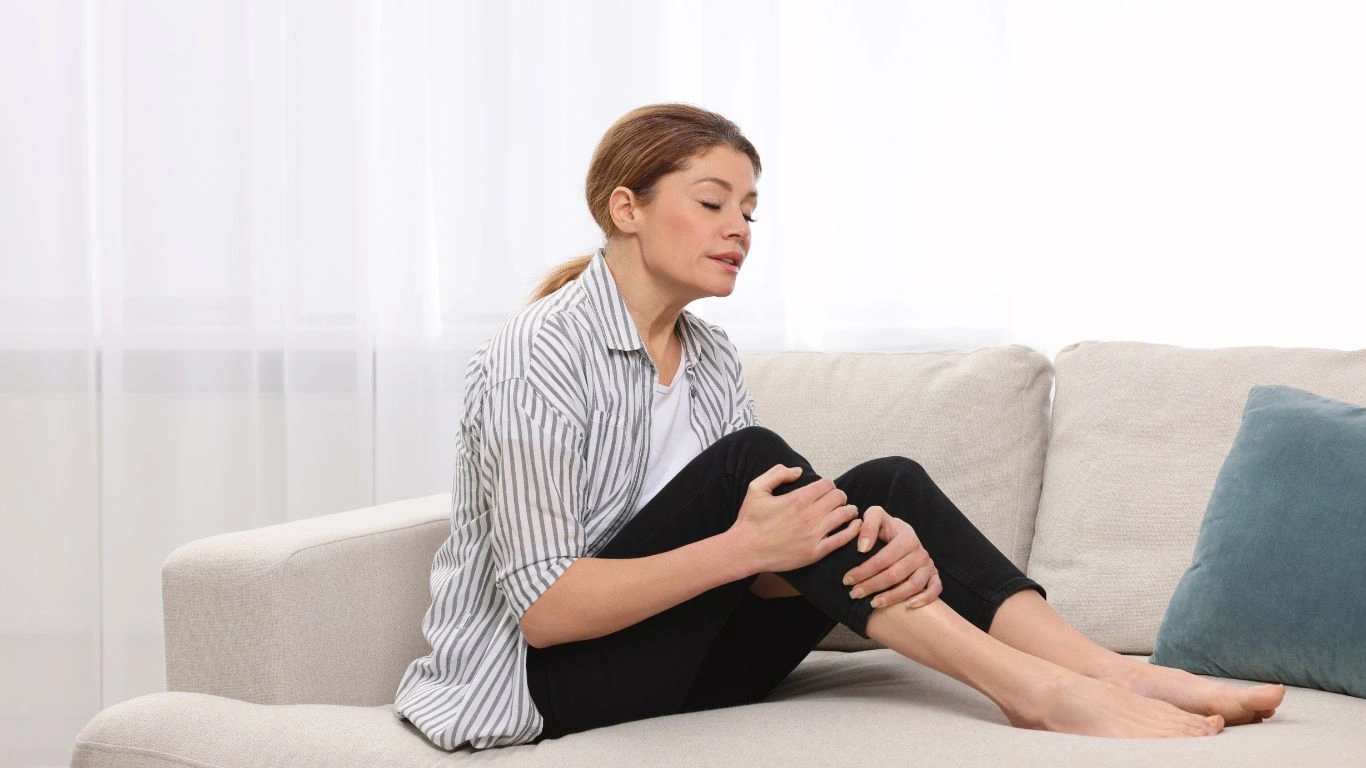
Why Quality Sleep Matters More Than You Think
One thing I talk about with almost every patient who’s dealing with morning stiffness is sleep. Not just how much sleep they’re getting—but how they’re sleeping. Poor sleep doesn’t just leave you groggy; it actually ramps up inflammation. That’s the last thing your joints need.
Now, when I say “sleep smarter,” I don’t mean you need to go out and buy a $2000 mattress (though a supportive bed doesn’t hurt!). What I’m talking about is creating a sleep environment that helps your joints feel supported and your muscles relaxed so you’re not waking up feeling like the Tin Man every single day.
Here are a few tried-and-true tips I’ve shared with patients—and use myself:
- Use supportive pillows: Especially between the knees or under the arms. Keeps joints in a comfy, neutral position.
- Keep your bedroom cool and dark: Helps you stay in deeper sleep cycles where healing happens.
- Wind down with a warm shower or bath: Heat helps relax tight muscles and preps your body for sleep.
One of my patients started using a body pillow to align her hips and shoulders, and she said it was a total game changer. Small changes like that can make a huge difference.
Natural Supplements That Actually Help

What to Consider (and What to Skip)
Let’s be real—there’s no shortage of “miracle” supplements promising to cure RA stiffness. I’ve seen the advertisements, the social media posts, and the shelves packed with options. But from a clinical standpoint (and personal experience), some natural supplements do hold real value. The key? Knowing what works—and what’s just hype.
These are the ones I’ve seen work best for reducing stiffness and inflammation, both personally and in my patients:
- Omega-3 Fatty Acids: Fish oil is probably the most evidence-backed supplement for joint health. It helps decrease morning stiffness and joint tenderness. I usually recommend at least 1000mg of EPA/DHA combined daily.
- Turmeric with Black Pepper: You need that black pepper to boost absorption (piperine, if we’re getting technical). Curcumin, the active compound in turmeric, is a natural anti-inflammatory powerhouse.
- Vitamin D: A lot of people with autoimmune conditions are deficient, and it’s directly linked to increased inflammation. Get your levels checked—don’t just guess.
- Magnesium: Great for muscle relaxation, and it helps with sleep too. I’ve had folks tell me their nighttime cramps and joint tightness got noticeably better.
Just a heads-up—always run supplements by your healthcare provider. I can’t tell you how many people come in with a bag full of pills and no idea what’s helping or hurting. And sometimes there can be interactions you don’t expect.
Hydration: The Overlooked Hero
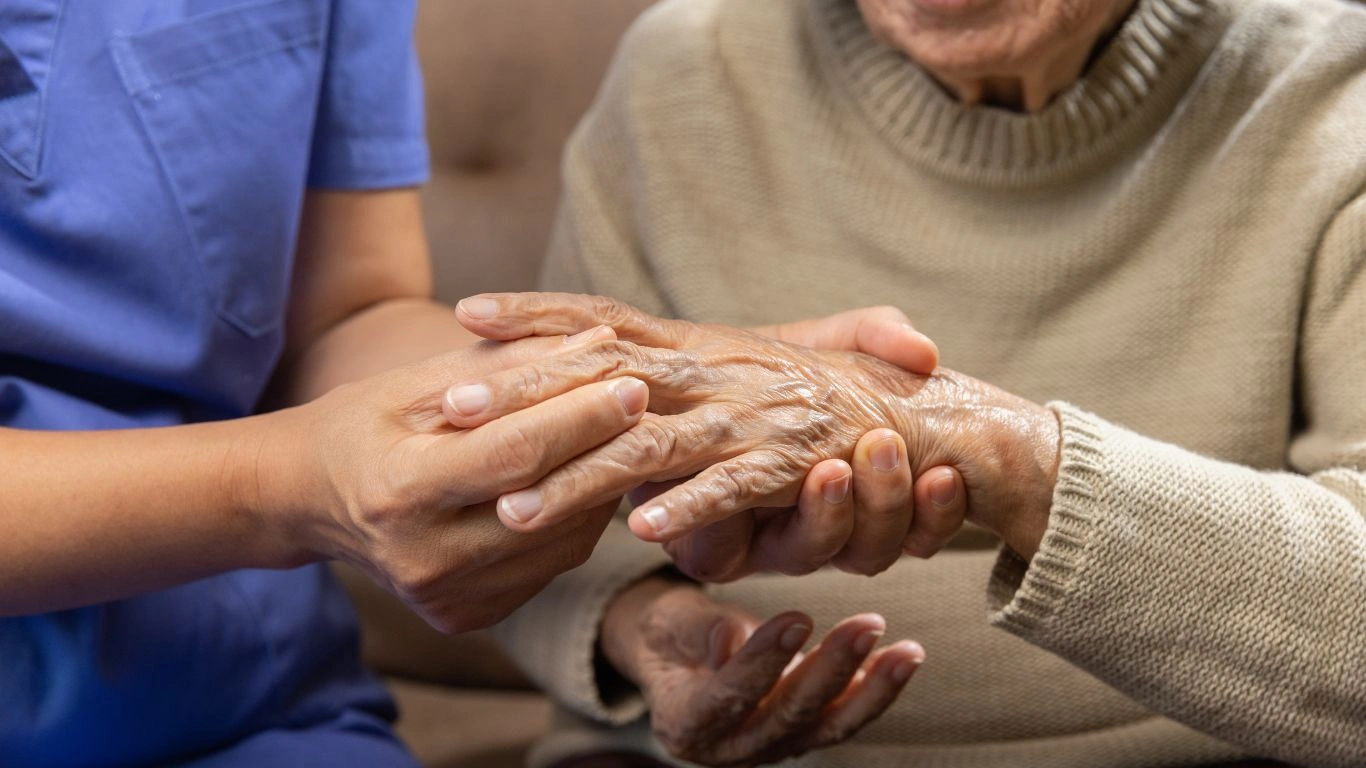
Why Water is More Powerful Than It Gets Credit For
I know, I know—hydration sounds like such a basic tip. But honestly, it’s one of the most overlooked tools in the fight against stiffness. Your joints are surrounded by synovial fluid, which acts like natural lubricant. And guess what it’s mostly made of? Water.
So if you’re not staying hydrated, your joints don’t have the resources they need to stay cushioned and mobile. I had one patient say, “I thought I was drinking enough because I had coffee all day.” Hate to break it to you, but caffeine doesn’t count. In fact, it can dehydrate you even more.
Try these hydration habits instead:
- Start your morning with a big glass of water before your coffee—get those joints moving early.
- Infuse water with lemon, mint, or cucumber to make it more enjoyable. You’re more likely to drink it if you like it.
- Carry a reusable water bottle: It’s a simple reminder throughout the day to sip, sip, sip.
Bonus tip? Add a pinch of sea salt or a splash of coconut water to your bottle if you’re sweating a lot or live somewhere hot. Electrolytes help your body hold onto hydration better.
Mind-Body Approaches That Ease the Ache
Connecting Emotion and Inflammation
This one always surprises people, but stress and emotional tension can massively impact RA symptoms. We know from studies—and what I see in practice—that anxiety and depression are common among people with RA. But the real kicker? They often make the physical symptoms worse.
Here’s where mind-body practices come in. They’re not woo-woo—they’re legit. Things like:
- Breathwork: Helps lower cortisol levels and calm the nervous system, which lowers inflammatory responses.
- Meditation or guided relaxation: Even 10 minutes a day can help you shift into “rest and repair” mode instead of “fight or flight.”
- Gratitude journaling: Sounds cheesy, but focusing on positives (even small ones) actually trains your brain to stress less—and stress feeds stiffness.
One of my patients started using a meditation app right before bed, and not only did her sleep improve, but her flare-ups seemed less intense. That’s no coincidence. When your mind chills out, your joints often follow.
And hey, I’ve been there too. Life gets overwhelming, and you push your self-care to the back burner. But when you’re dealing with RA, taking care of your mental and emotional health isn’t a luxury—it’s a tool in your natural wellness toolbox.
Creating a Long-Term RA-Friendly Lifestyle
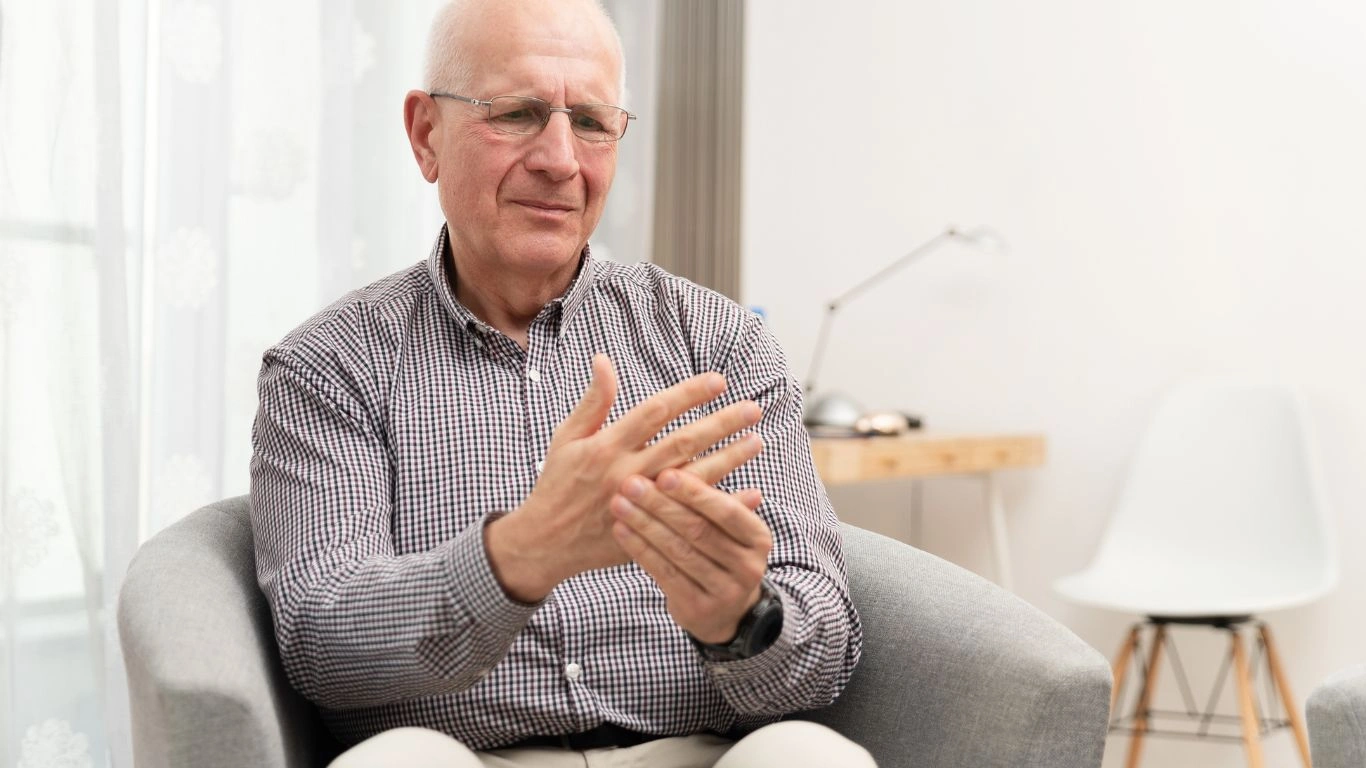
Consistency is Key
When it comes to managing rheumatoid arthritis (RA) stiffness, there’s no magic pill that solves everything in one shot. What works is building a long-term, consistent routine that integrates natural methods into your daily life. Sure, it’s easy to try something for a few days and then go back to your old habits—but trust me, this is one of those situations where consistency really does pay off. And honestly, once you get into the groove, it’s not that hard!
From my experience as a Rheumatology Nurse Practitioner, I’ve seen patients who try something new for a week and get discouraged when they don’t see instant results. But remember, RA is a chronic condition, and progress takes time. You’re making long-term lifestyle changes that are going to improve your health over months and years, not days.
That’s why I always tell my patients that the most important part is sticking with it. You don’t have to be perfect, just consistent. Whether it’s a new stretch, adding a turmeric supplement, or getting more sleep, small changes over time will make a significant difference. It’s all about the long haul!
Joint Protection Techniques
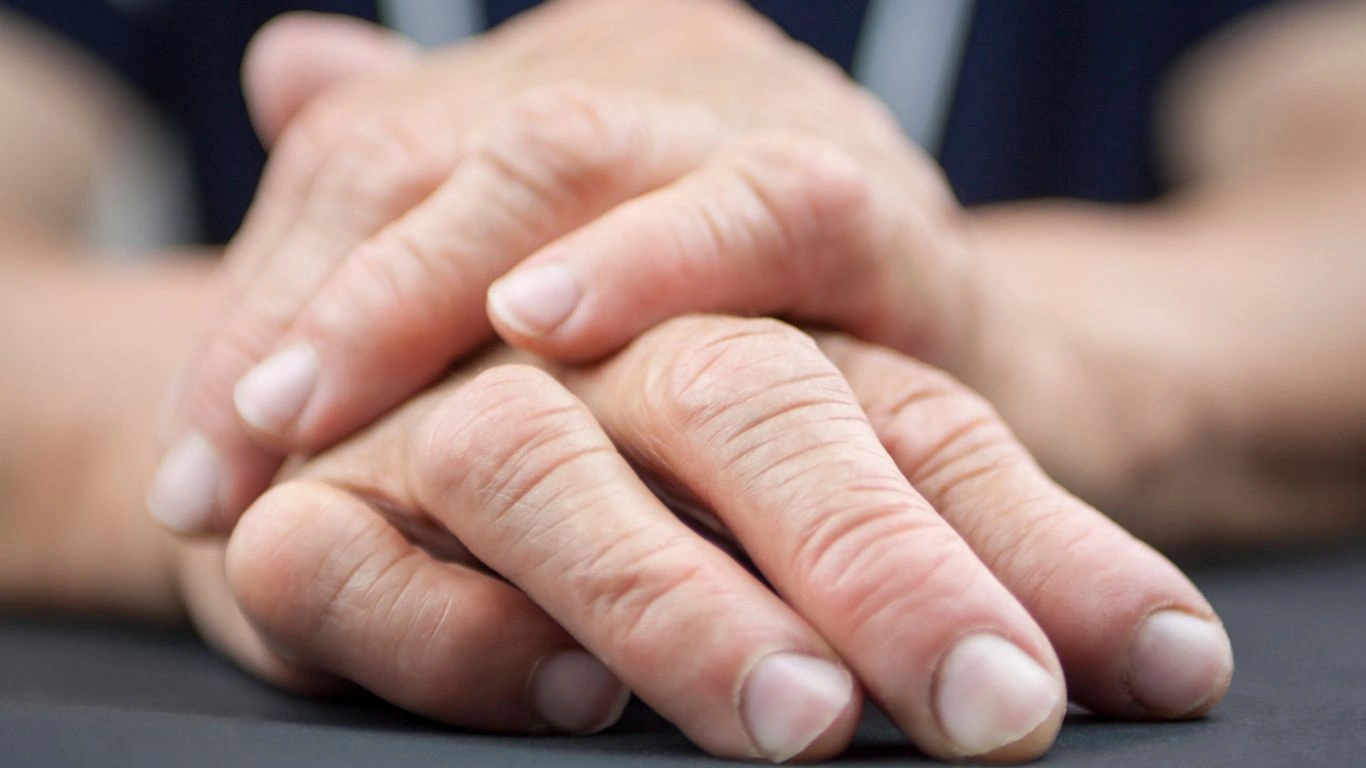
Simple Adjustments to Make Everyday Activities Easier
If you’re dealing with RA, sometimes the simple things—like opening a jar or carrying groceries—can feel like huge challenges. But here’s the thing: small adjustments to your daily routine can make a big impact. By incorporating joint protection techniques, you can help preserve your joints and reduce unnecessary strain.
One of the first things I recommend to my patients is to pay attention to their posture and how they move throughout the day. Keeping your joints in a neutral position—meaning not overextending or underusing them—can help prevent unnecessary flare-ups. I know, I know, it sounds easy enough, but when you’re on the go, it’s easy to forget! But, once you start making small changes, like using your legs more than your back to lift or adjusting your chair for better support, you’ll notice less joint stress.
Other things to consider:
- Use assistive devices: Think tools like jar openers, reachers, or even devices for easy dressing. These are simple, but they make a big difference.
- Break tasks into smaller steps: If you’re doing something physically demanding, like cleaning or organizing, break it up into smaller tasks throughout the day.
- Pay attention to ergonomics: Whether you’re working, cooking, or doing any daily activity, adjusting your workstation or posture can reduce strain.
I’ve personally seen how using ergonomic tools for daily chores helps reduce pain for many RA patients. One patient told me that using a lightweight vacuum cleaner, instead of a heavy one, helped her get through her cleaning day with less joint pain.
Mind Your Mental Health
Emotional Well-Being Affects Physical Well-Being
As if RA wasn’t hard enough on your body, it also has a psychological toll. And that mental stress? It only makes the physical symptoms worse. You might not always realize it, but your stress, anxiety, and overall mental well-being play a huge role in how stiff and sore you feel. It’s easy to get caught in a vicious cycle where physical discomfort leads to emotional distress, which in turn makes your joints hurt even more.
That’s why I strongly recommend finding a routine that includes some mental health support. Whether it’s talking to a counselor, journaling, or practicing mindfulness, taking care of your mind helps take care of your body. I always tell my patients that mental health is just as important as physical health—and the two are closely connected, especially when managing chronic conditions like RA.
Here’s what I’ve found most effective for mental well-being:
- Regular physical activity: Even a daily walk can do wonders for reducing anxiety and improving your mood.
- Mindfulness or meditation: A daily meditation practice can help you learn to detach from stress and reduce the impact of negative emotions.
- Support groups: Whether in-person or online, connecting with others who understand your experience can make a world of difference.
Also, never underestimate the power of a simple hobby. Whether it’s knitting, painting, reading, or even gardening, activities you enjoy can help you unwind and boost your mental state. When I encourage patients to find something they’re passionate about, I often see them coming back with more energy and less stress, which ultimately helps their RA too.
References
Disclaimer
The content provided in this article is for informational purposes only and is not intended as medical advice. Always consult with a healthcare provider before starting any new health regimen or making changes to your current one. This article is based on the personal experience of the author and general knowledge in the field of rheumatology.

Tarra Nugroho is a dedicated Nurse Practitioner with a strong foundation in family and preventive care. She brings both compassion and clinical expertise to her practice, focusing on patient-centered care and health education. As a contributor to Healthusias.com, Tarra translates medical knowledge into clear, empowering articles on topics like women’s health, chronic disease management, and lifestyle medicine. Her mission is simple: help people feel seen, heard, and informed—both in the clinic and through the content she creates. When she’s not caring for patients, Tarra enjoys weekend hikes, plant-based cooking, and curling up with a good health podcast.
